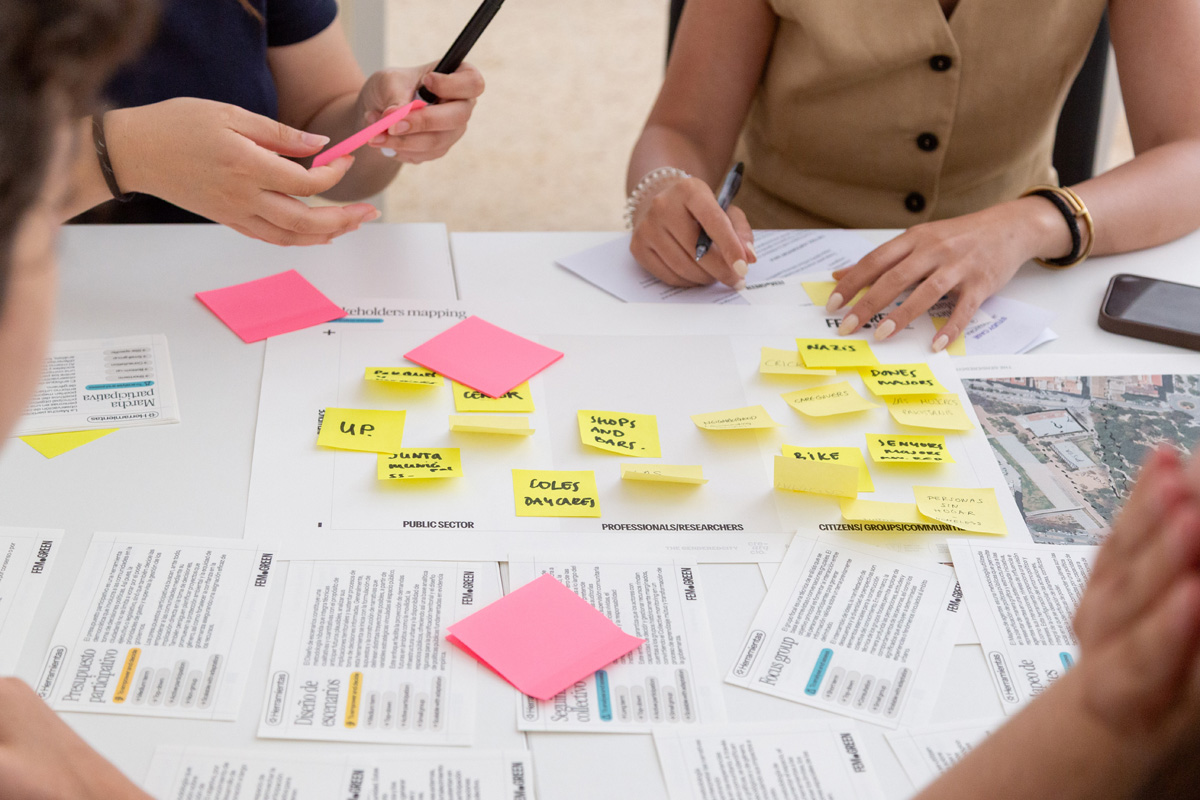Stakeholder Mapping is a methodology widely used in public policy analysis to graphically and systematically represent the actors involved in a given initiative, along with their interactions, levels of influence, and interests. This tool provides a comprehensive overview of the political and social landscape in which policies are developed, making it easier to identify alliances, potential conflicts, and power dynamics.
The mapping process involves identifying, analysing, and prioritising stakeholders who may influence or be affected by the formulation, implementation, or evaluation of a public policy. Its primary objective is to understand who the stakeholders are, their level of interest, their capacity to influence, and the most appropriate strategies for engaging them throughout the decision-making process.
